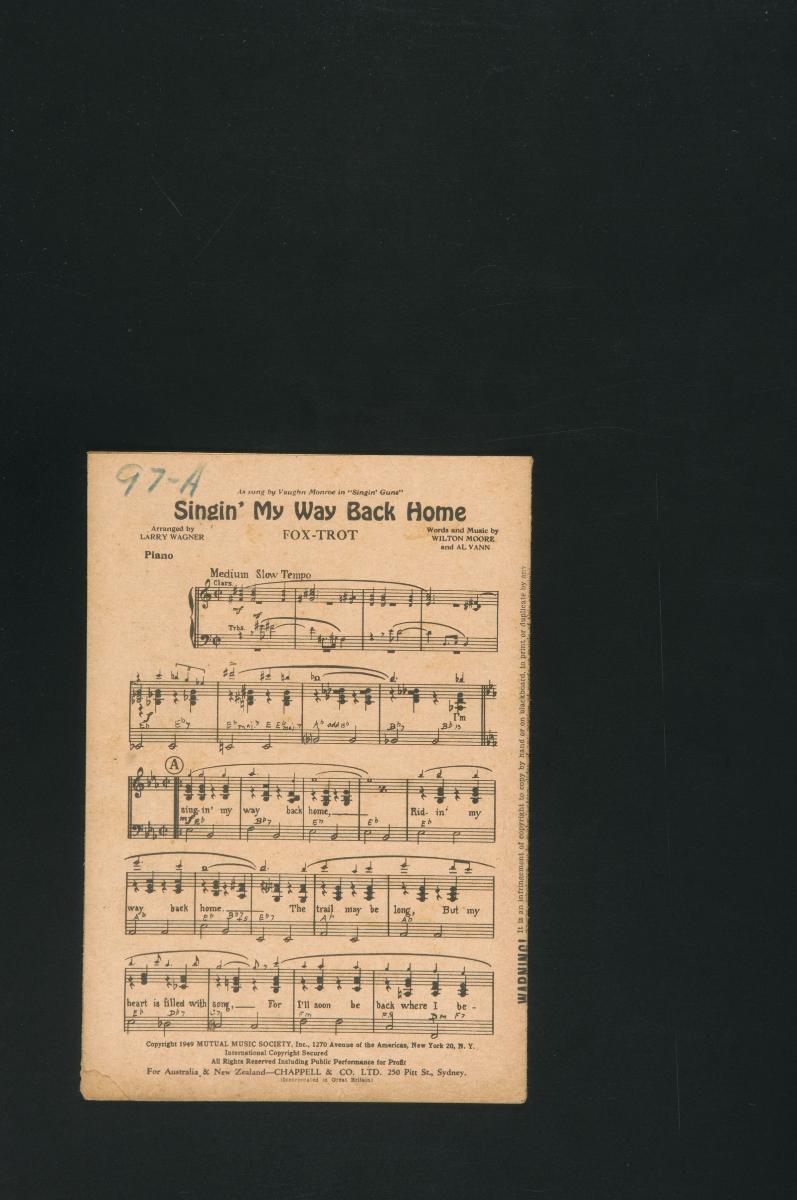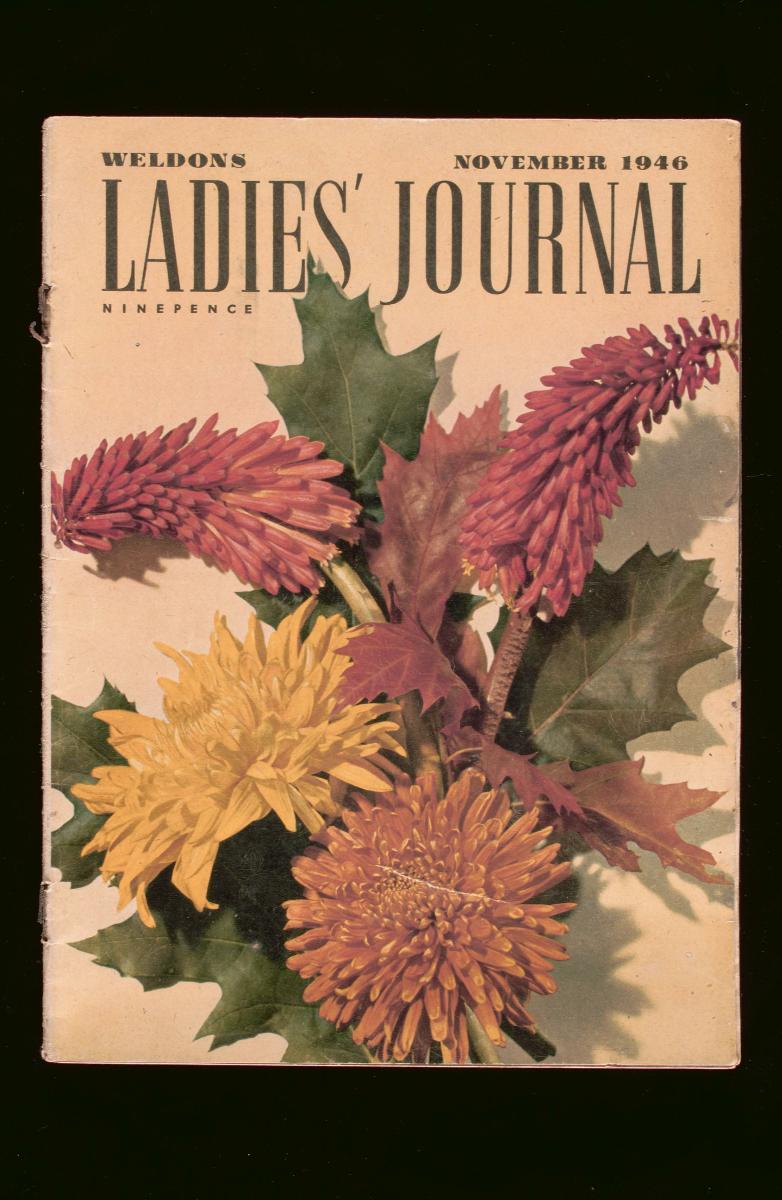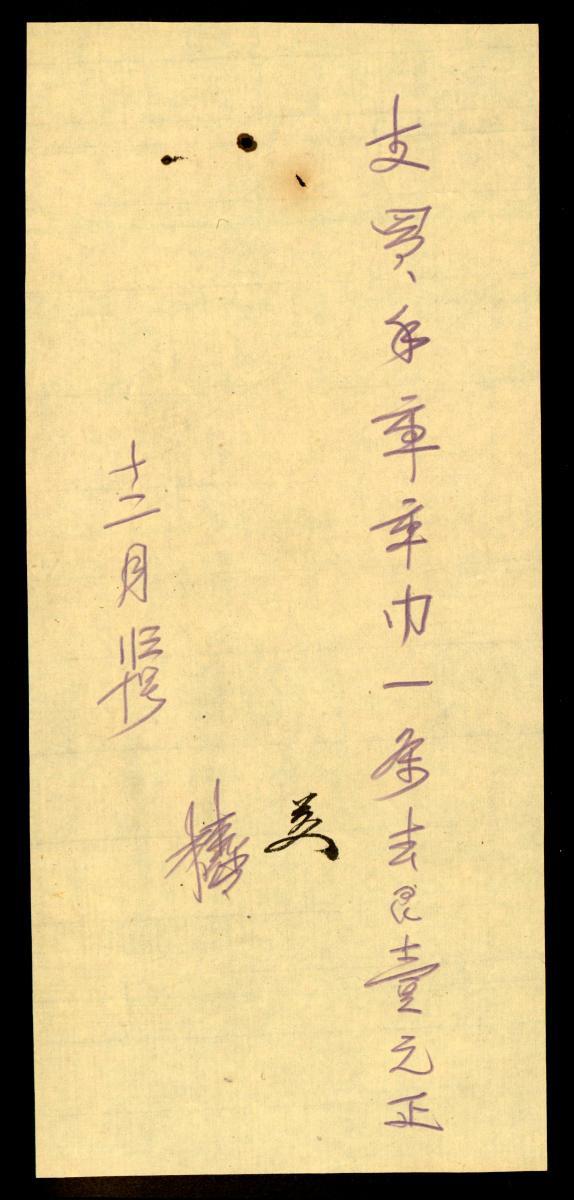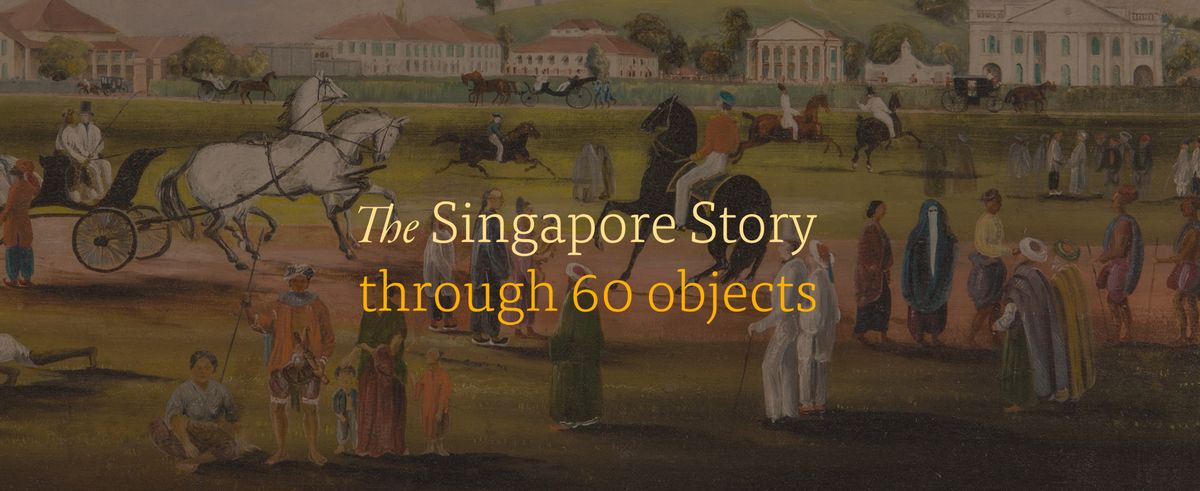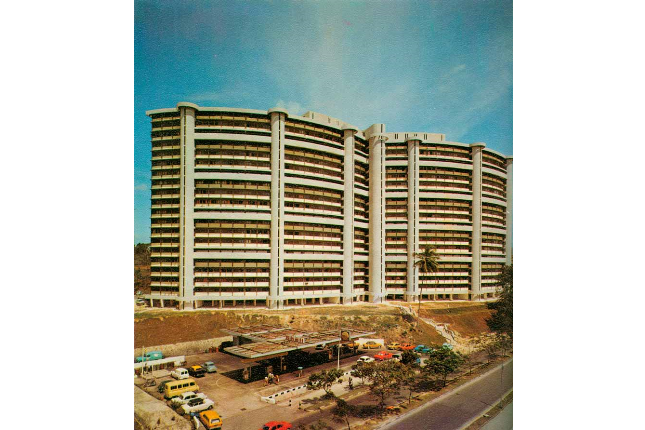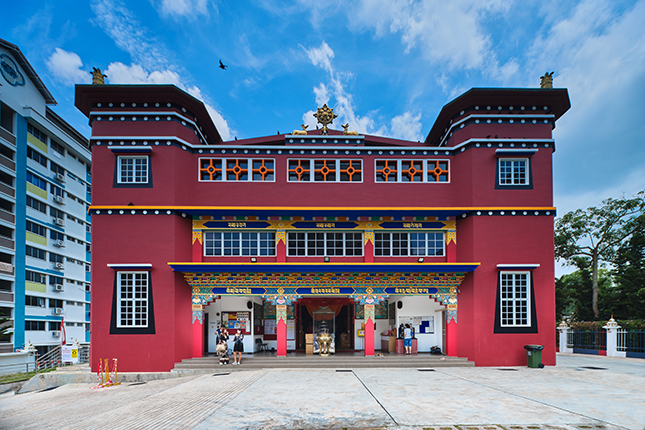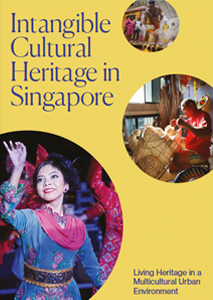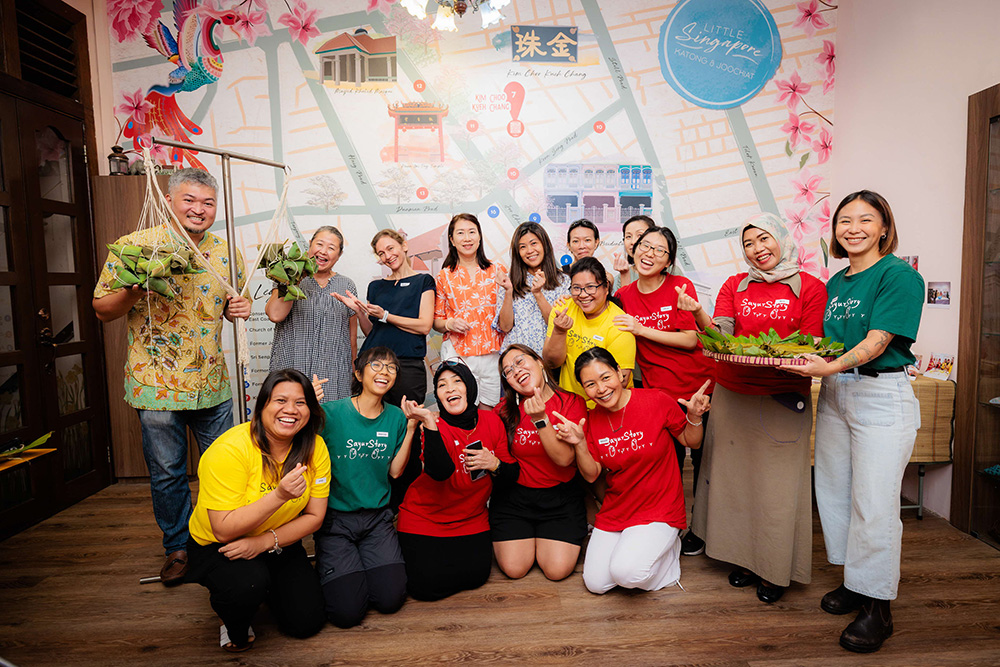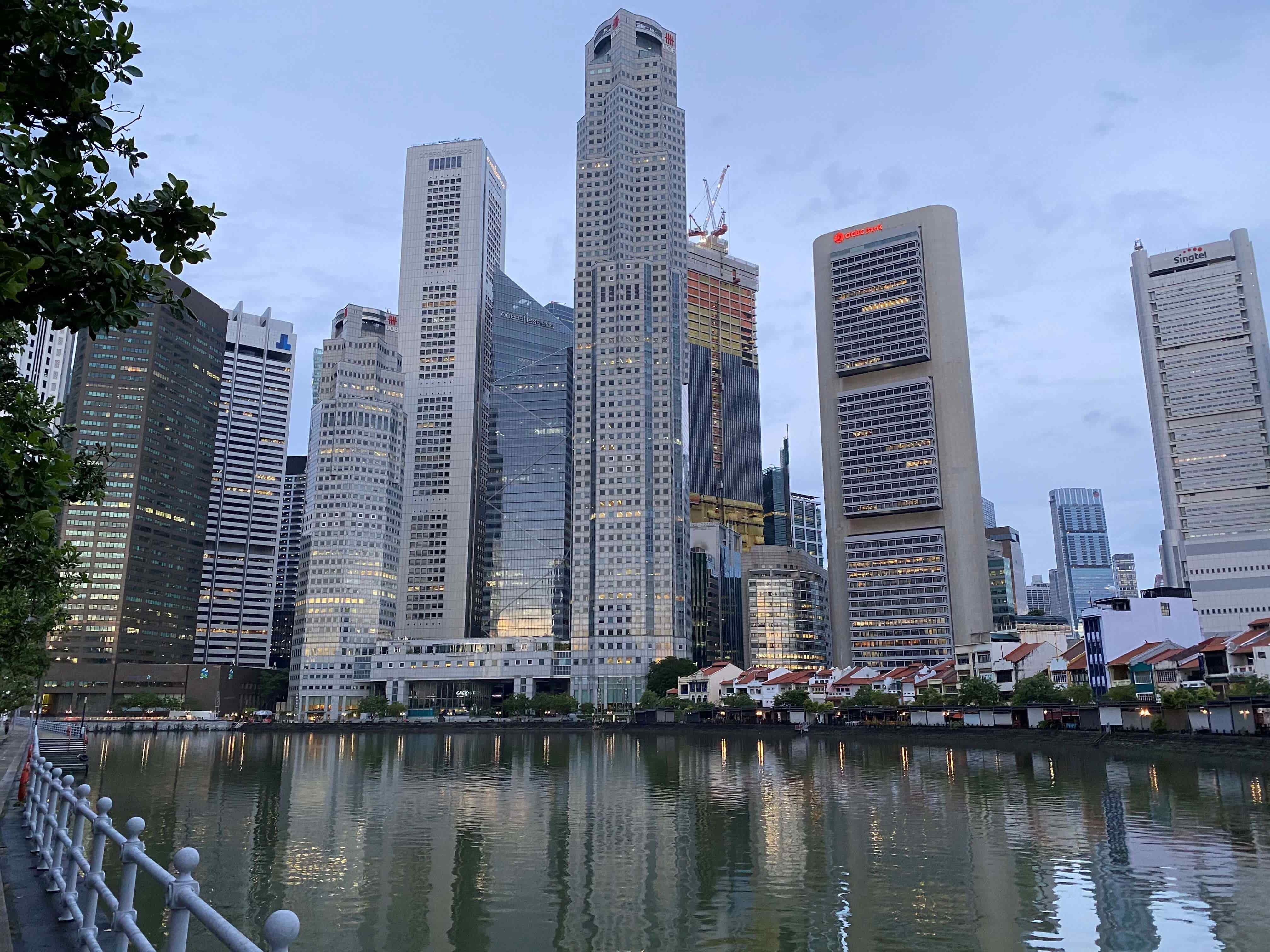Presented as a series of 9 photographs, National Road No. 5 can be read at first as a study of the living situation of Cambodians. The work showcases the architecture of the types of houses inhabited by 40-50% of the country’s population. Cheaply made, each house is constructed out of either wood or metal sheets (very occasionally out of concrete) and sits on stilts often over a stagnant pool of water. Simply designed, the homes each contain one communal room and a separate wash and cooking area located to the back of the house. The oddity of the houses captured in the photographs is that nearly all have their frontages sliced open or are boarded up haphazardly.National Road No. 5 captures a side of Phnom Penh that most are unfamiliar with. Devoid of ancient temples and the presence of human figures, this series focuses instead on the current landscape and socio-geographical and political issues Cambodians themselves are acutely familiar with. National Road No. 5 can at once be described as both a portrait of the sociopolitical ties between Cambodia and Japan and also a self-portrait of Cambodia. This series not only strikingly documents the face of Phnom Penh now as it is undergoing rapid (re) construction, but also speaks of a generation’s observations of the changing landscape of Cambodia, one that is removed from the reflexive narrative of the traumatic Khmer Rouge regime.





